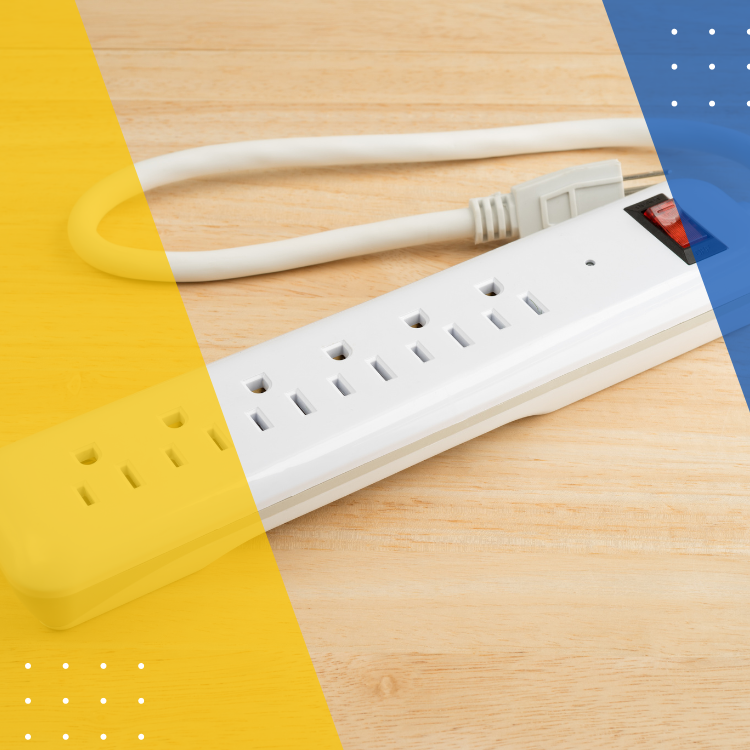We offer a wide range of services for that fresh look, or just maintenance or updates to keep your home functioning and safe. Regardless of the size of the job, we have a craftsman that can tackle it. We offer a wide range of services for that fresh look, or just maintenance or updates to keep your home functioning and safe. Regardless of the size of the job, we have a craftsman that can tackle it.

Electrical / September 13, 2022

The standard voltage for electricity in homes is 120 volts. Most electronics and appliances are designed to handle voltage up to 120 but no more. A power surge, which is a sudden and unexpected increase in voltage, can damage sensitive electrical components. Sometimes this results in sudden failure, or the damage may cause the device to wear out more quickly than it would otherwise. In some cases, a surge protector of the plug-and-play variety may provide protection. Otherwise, you may need an electrician in Scarborough to install a surge suppressor that protects your whole house at the same time.
Power surges can happen for many reasons. It could be a problem with the equipment your utility company uses. The use of many high-powered devices can cause power surges. Bad wiring or a lightning strike are all things that can cause power surges and potentially damage electronic devices.
A surge protector contains a component called a metal oxide varistor. When a power surge causes the voltage to increase to a level higher than the standard 120, the MOV provides a consistent level of power to the devices plugged into the surge protector by reducing resistance to divert the extra voltage.
The plug-and-play type of surge protector common in many homes looks like a power strip. However, don’t assume that all power strips are surge protectors. Make sure that the unit you are looking at is equipped with a MOV and specifically says on the package that it is a surge protector.
Underwriter’s Laboratories is an organization that sets standards for consumer products and tests them to see if the standards are met. Look for a surge protector that has a UL seal showing that it has met all applicable standards.
Many surge protectors have a fuse that, if overheated, melts down. This causes an indicator light to go off, telling you that the surge protector is no longer protecting your devices. Not all surge protectors have this feature, so be sure to look for it before buying.
Before buying a surge protector, you should determine how many devices you need to plug into it so you can choose one with enough outlets.
While you can plug any appliance that requires electricity into a surge protector, it is most valuable for electronics that cost a lot to replace containing delicate components that are easily damaged. Here are a few examples:
You should avoid using a surge protector on appliances that use high voltage at baselines, such as a window-mounted air conditioner or a space heater. Before plugging anything into a surge protector, you should check that the indicator light is on. Check this light periodically to make sure the surge protector is still working.
Only put surge protectors where you really need them, in rooms with sensitive devices. Don’t plug surge protectors or power strips into one another. If you feel you need a surge protector in every room, a surge suppressor for the whole house may be more useful.
Surge protectors can guard appliances against surges resulting from many sources. However, they may not be able to protect your devices if the power surge is due to a lightning strike. This is a rare cause of power surges, but if you have sensitive electronics, you may want to turn them off during an electrical storm, if possible.
If storms are frequent in your area or you are worried about other causes of surges, you may want to consider a surge suppressor. Contact Handyman Connection for more information about electrical repair services and installation.